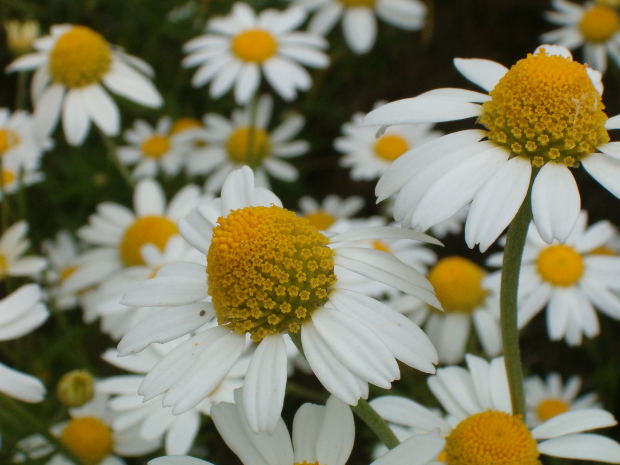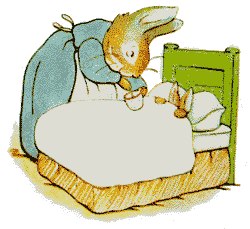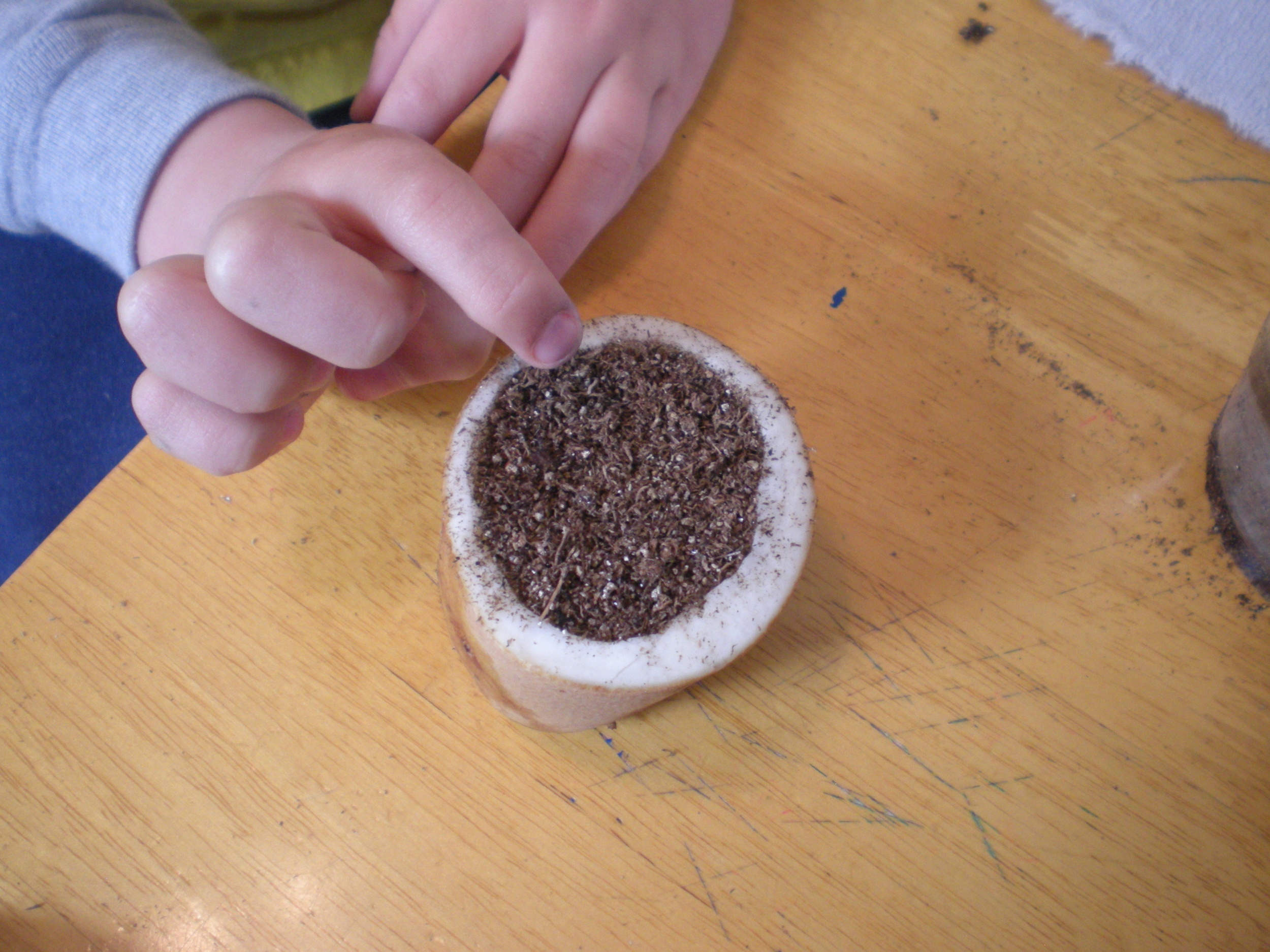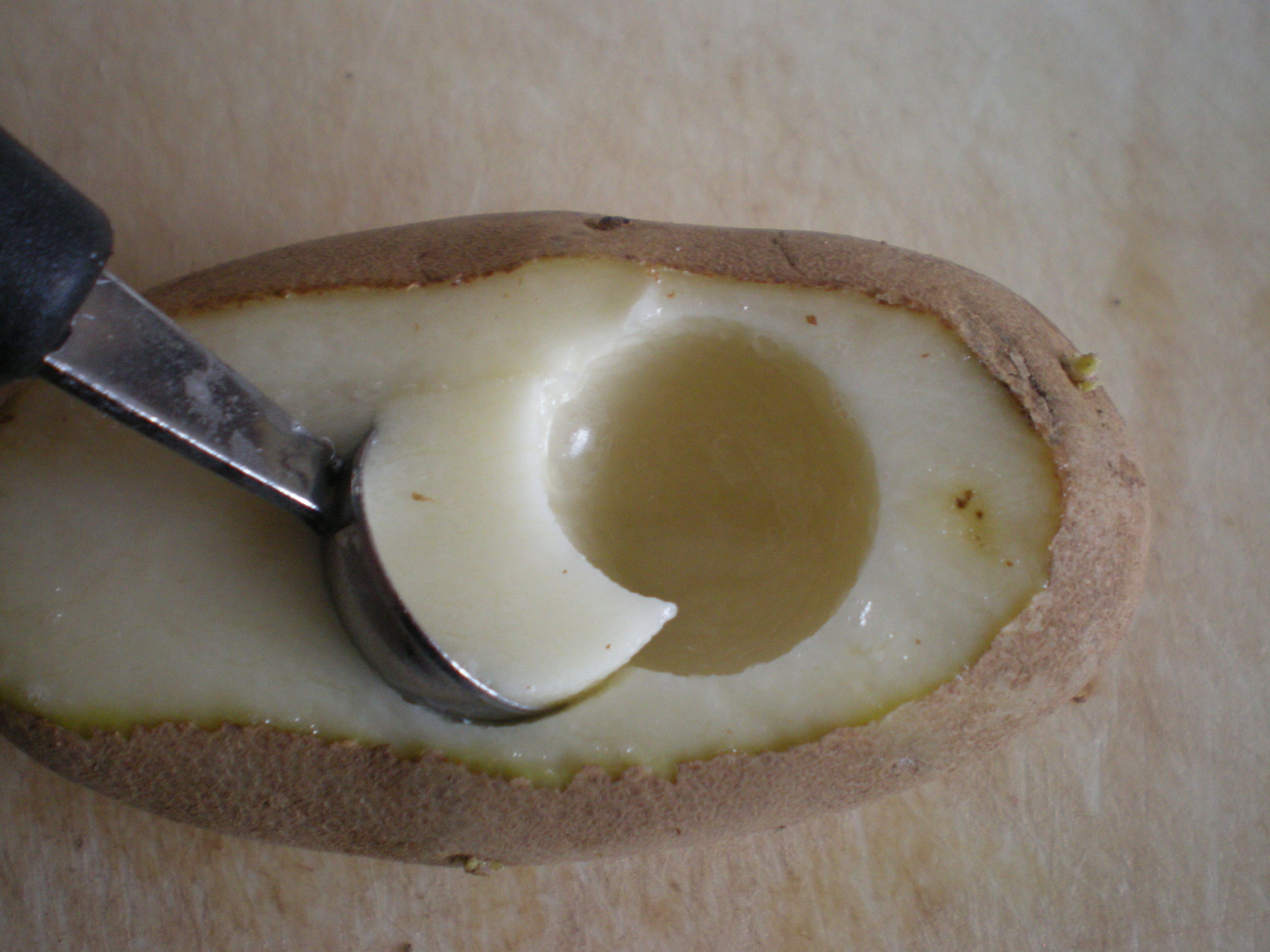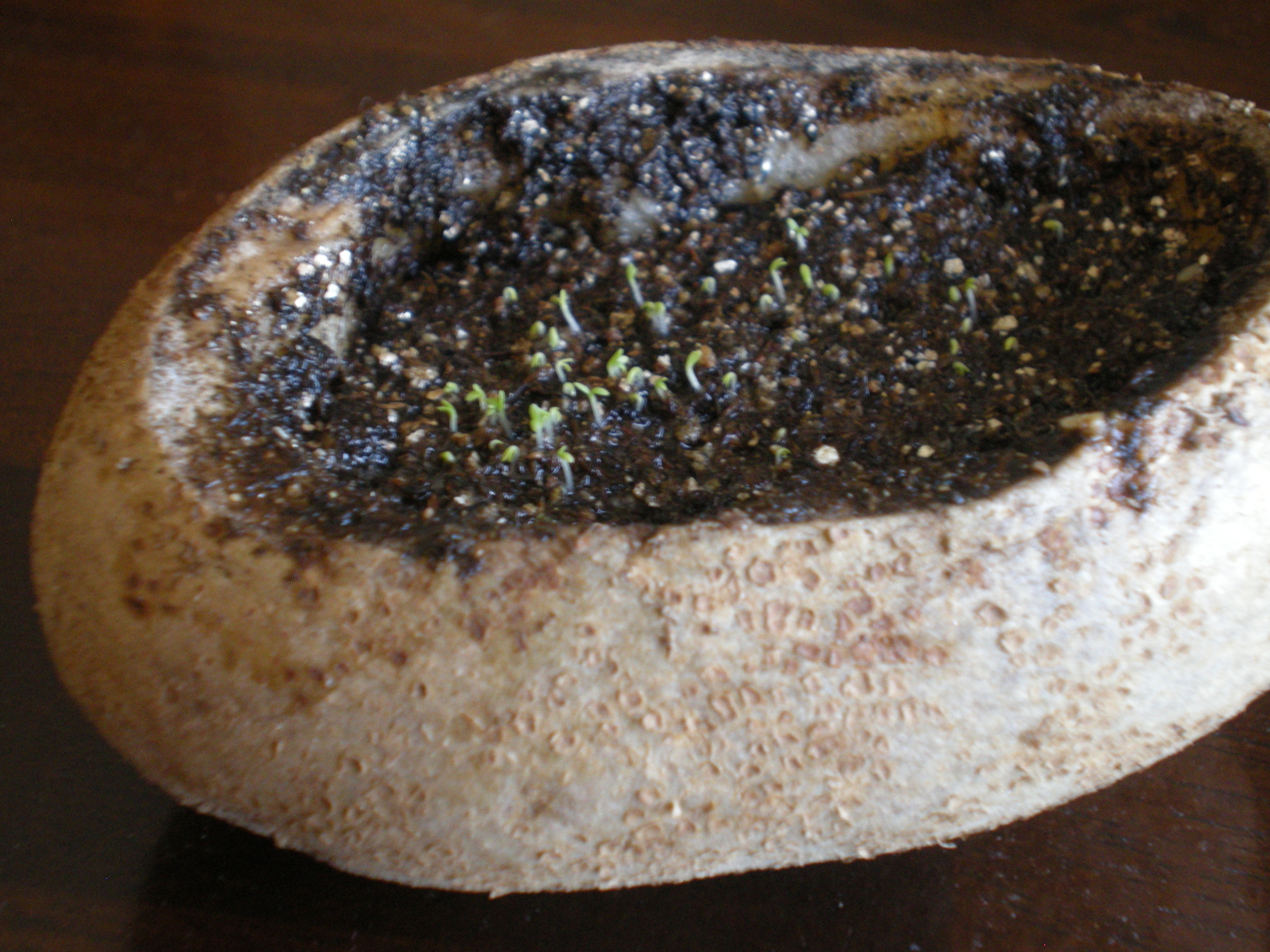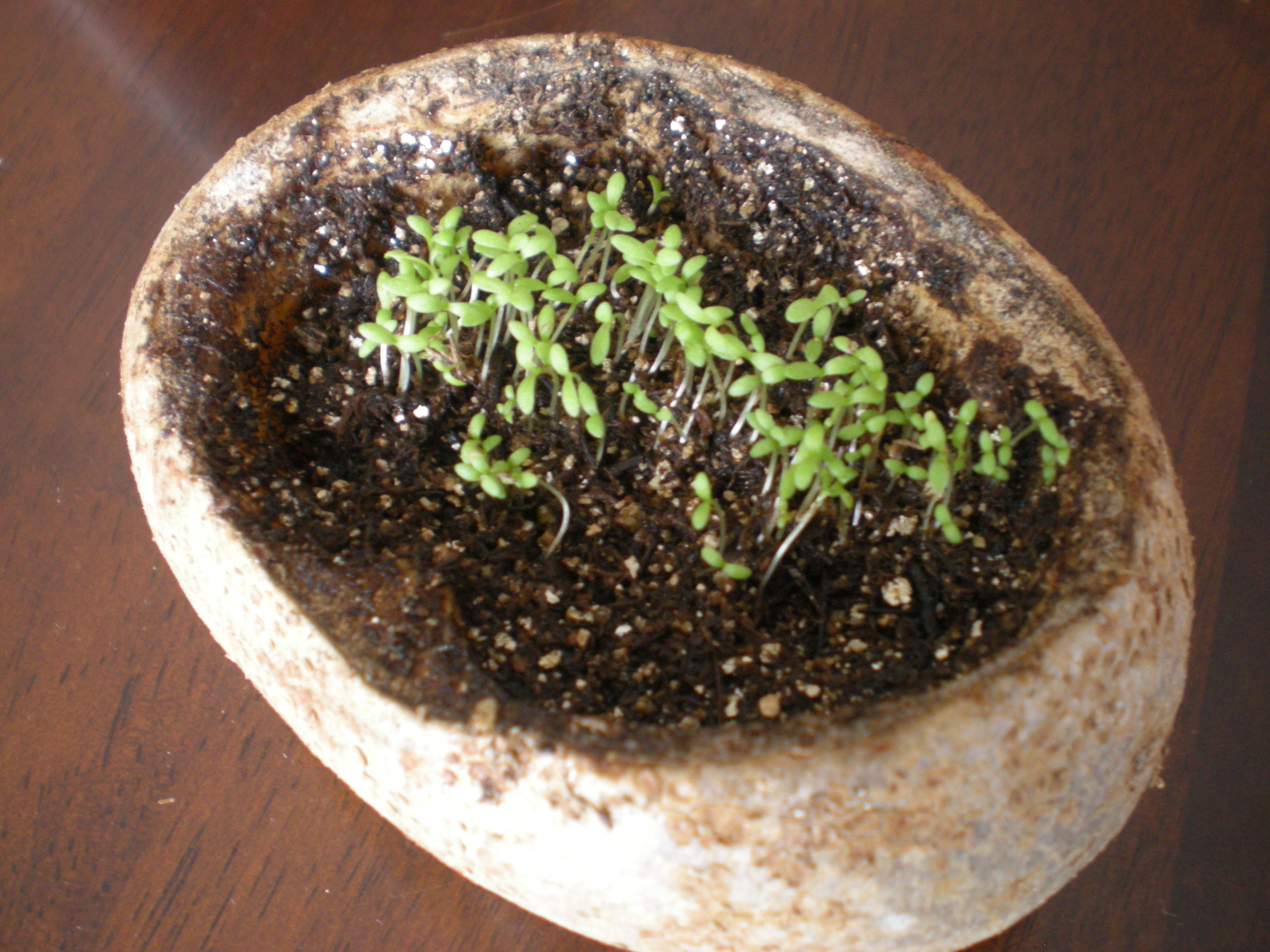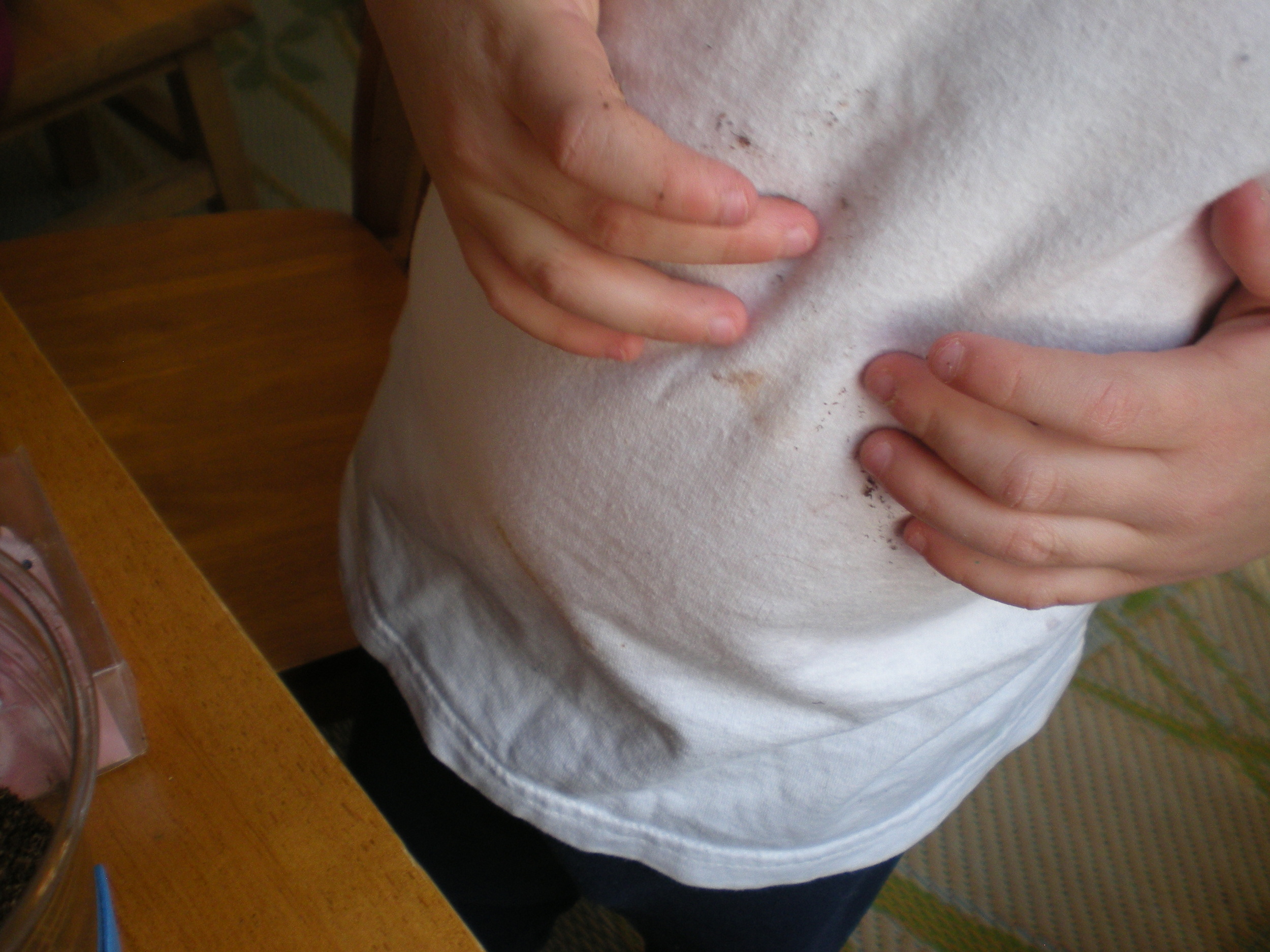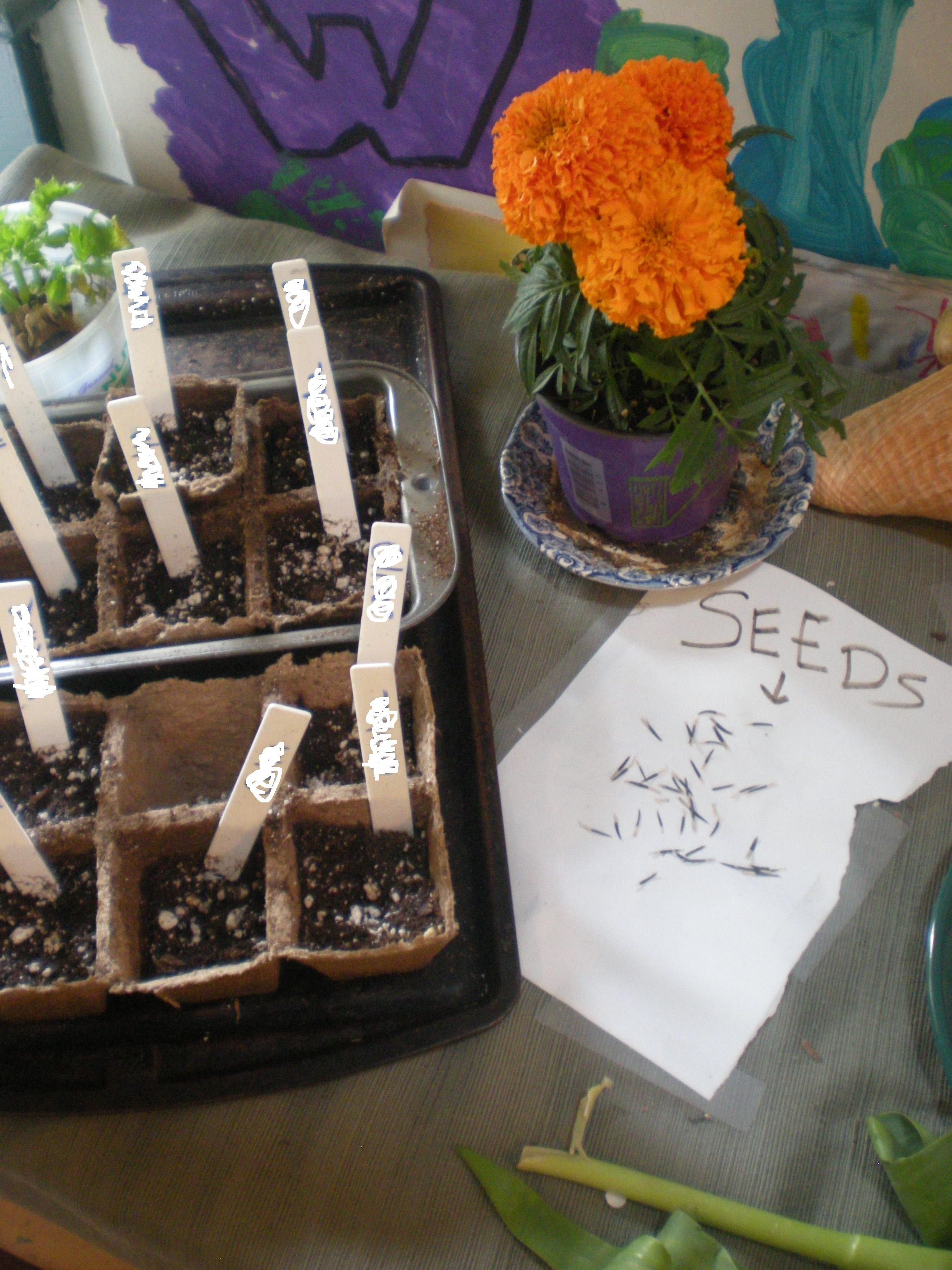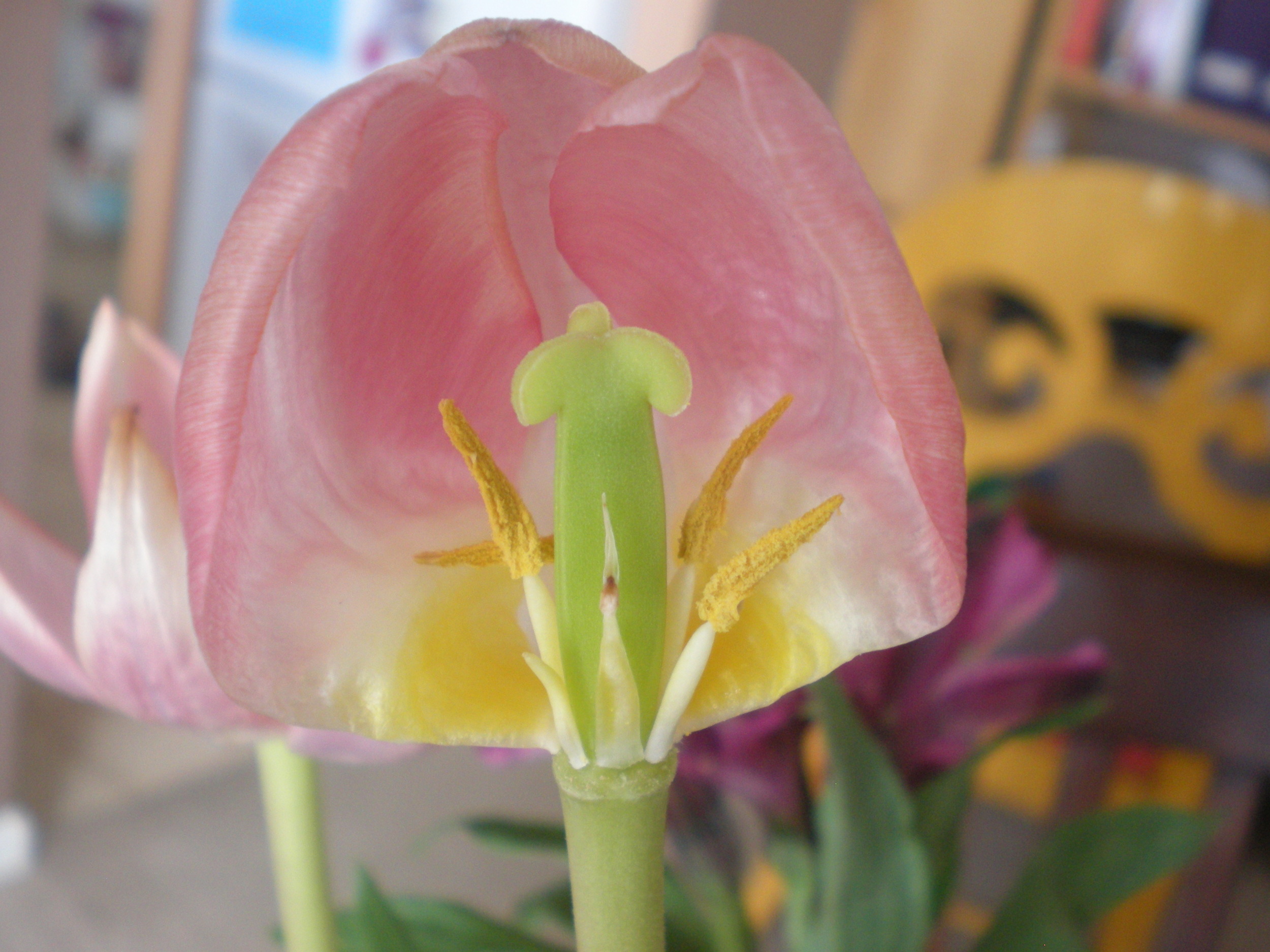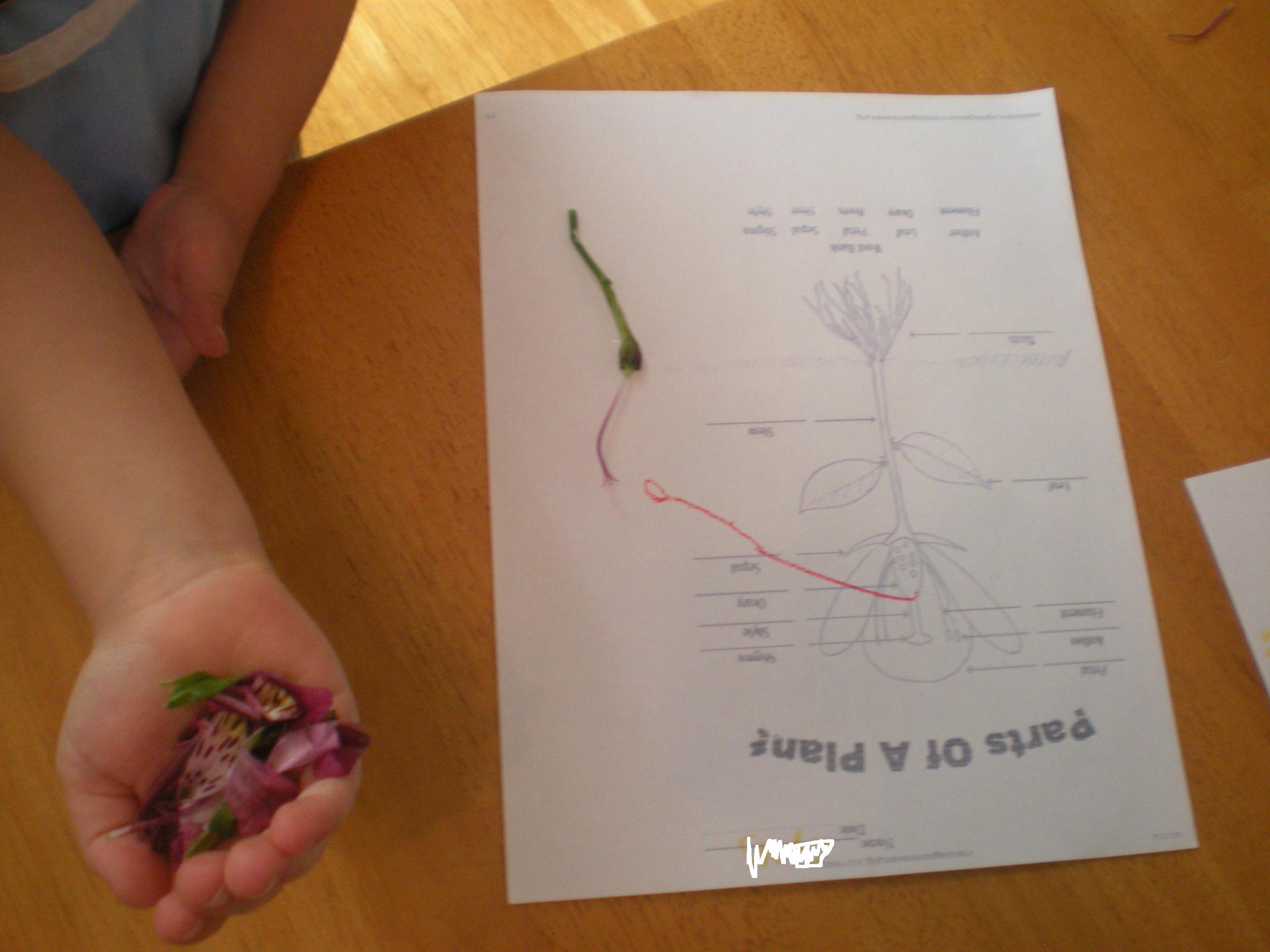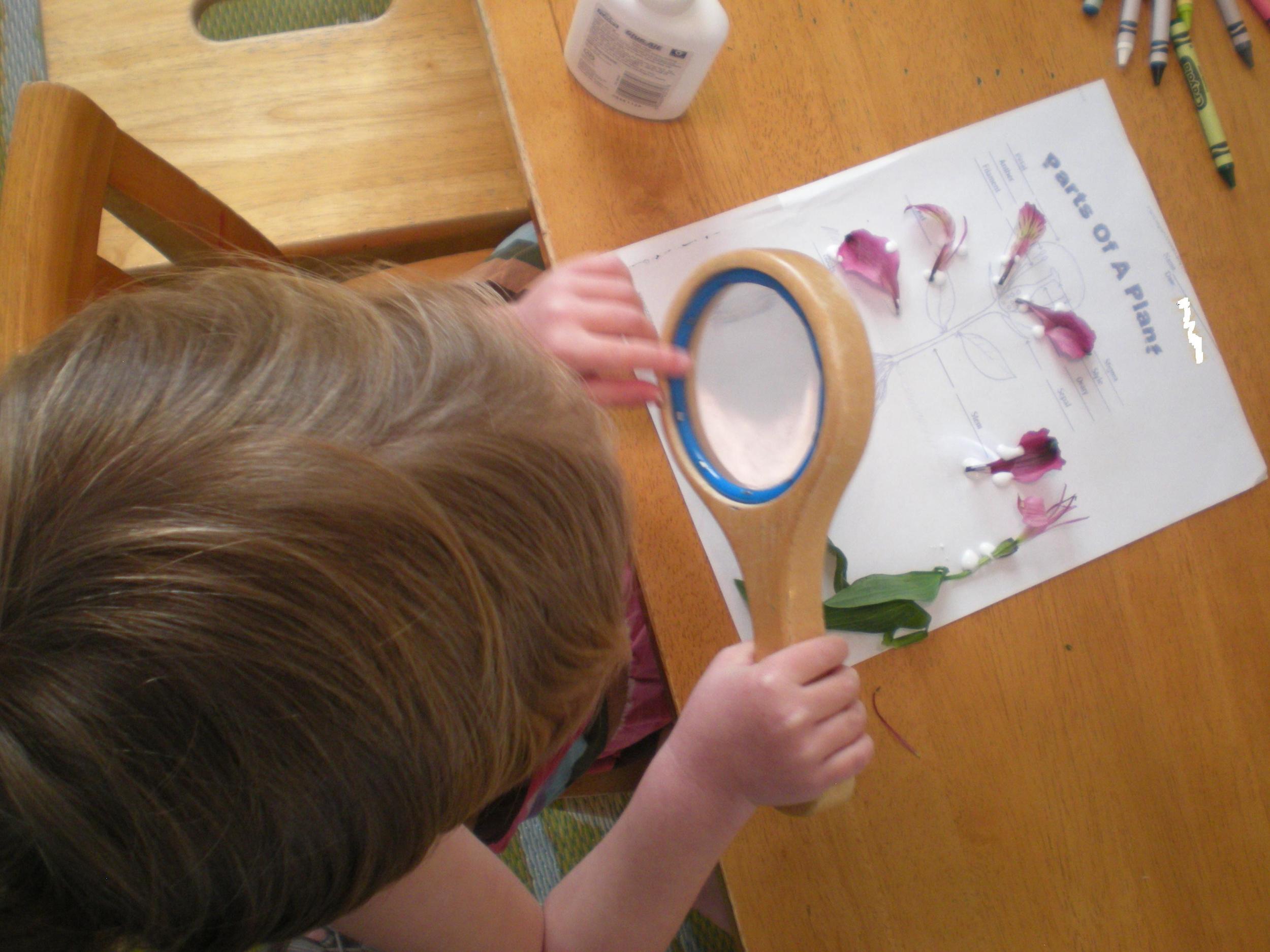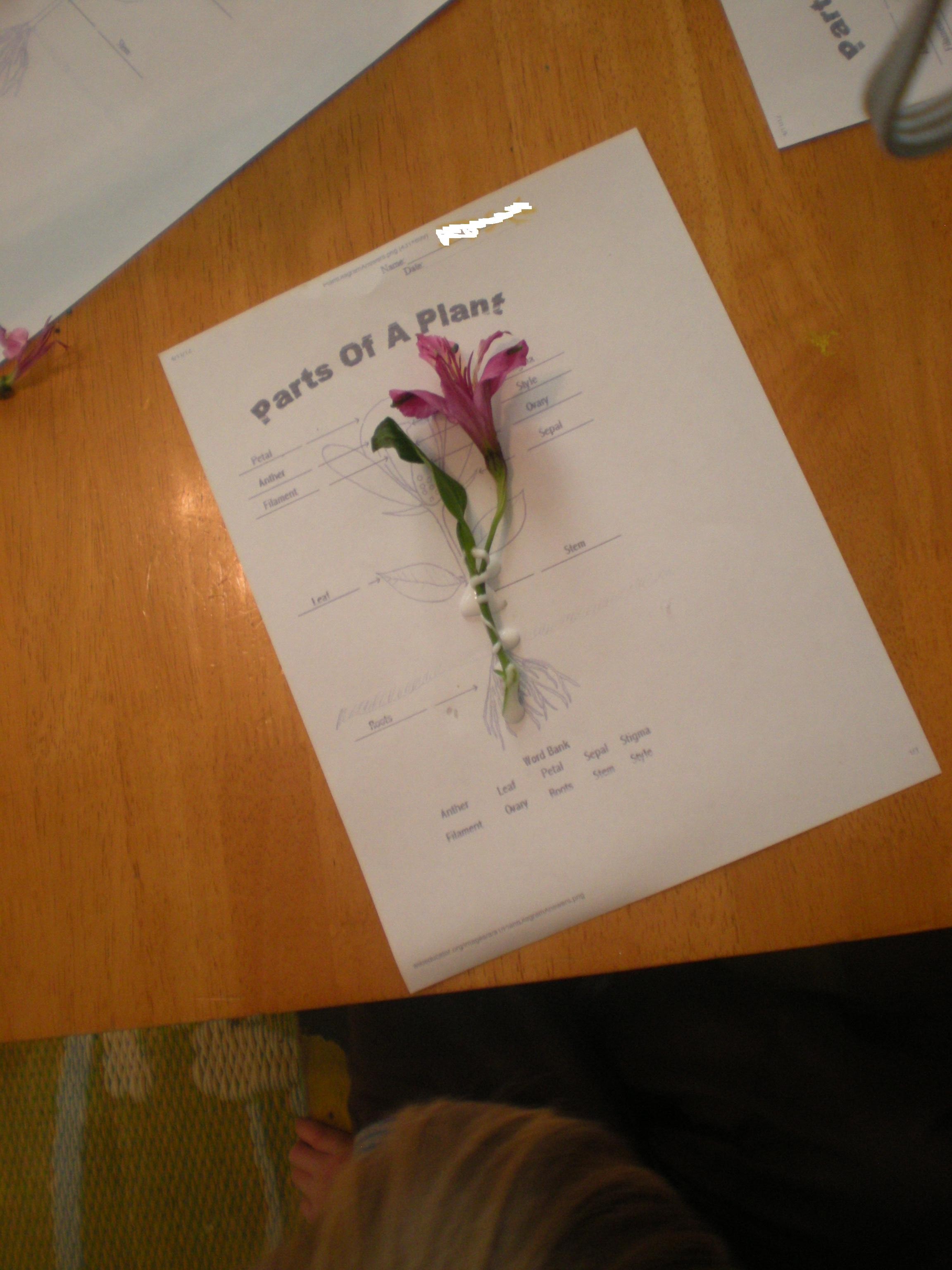Chamomile Potatoes On Chamomile Day ~ Herbs For Kids ~
/Chamomile is a super friendly herb for kids. Chamomile is gentle while being powerful at the same time for helping kids with tummy upset especially when related to nervousness, general nervous tension, headaches and colds.
What Does It Taste Like?
We started our day at preschool with a tea tasting which is a great way to introduce kids to a new plant. Most children love the apple like taste of the tea made from happy sunshiny little flowers. The kids at the school really enjoyed the tea and it seemed to help calm them down a bit... we were having another late Spring snow storm and the kids were all kinda crazy with the sudden change in the weather.
To make your own tea simple steep up to 1 tablespoon of flowers per cup in hot water for 2 to 5 minutes max. If you steep for any longer than that chamomile tea becomes very bitter. Of course children are very sensitive to any bitter taste. You can add a bit of honey or agave to taste if you wish.
The Tale Of Peter Rabbit
After indulging in our tea we sat down for a cozy reading of this classic tale by Beatrix Potter. The kids were still a bit antsy and yet were really involved with the book. Many of them having read Peter Rabbit before, knew what was to come on each and every page. Except when we got to this little bit on the last page where they noticed one little detail which was overlooked before ~
“Peter was not very well during the evening. His mother put him to bed, and made some chamomile tea: "One table-spoonful to be taken at bedtime.” ― Beatrix Potter, The Tale of Peter Rabbit
Smiles and giggles came when the kids heard that Peter had chamomile tea, just like they did! We talked about how scared and tired and sick Peter must have felt after has intense adventure in Mr. McGregor's garden. It was a perfect little example from a familiar story about using herbs.
Chamomile Potatoes
I bet you are wondering what about chamomile potatoes, and so we come to the part of our day when we made these together...
These are not something yummy to eat, though I think creating some kind of recipe with these two ingredients might be interesting. Nope, chamomile potatoes are for growing! Potatoes make great little pots for sprouting plants, just like sprouting plants inside egg shells.
When the seeds have sprouted and are ready to be planted outside you can simply plant the whole potato in the ground. In the past we have given created Potato Heads by using markers and googly eyes to create faces. Then we planted grass inside the potatoes which grew into hair! It is lots of fun to for kids to cut their Potato Head's hair with scissors. Today we simply planted chamomile seeds into our potatoes, gave them a little drink and are eagerly waiting for them to sprout!
Materials ~
- Potatoes, 1 for each child
- A Melon Baller
- Chamomile Seeds
- Dirt
If prepping the potatoes ahead of time you will need:
- Citric Acid or Lemon Juice
- Water
- A Big Bowl
Instructions ~
Prep the potatoes by cutting the a thin slice off of the top of the potato or the side if the potato is long and skinny. Then using the melon baller remove the center of the potato to make a place for the dirt to go. Test to see if the potato will stand straight by setting it down on a flat surface. If it wobbles or rolls around cut a flat surface on the bottom of the potato so it will stand sturdy and straight. I did this the day before class and I wanted to keep the potatoes fresh. So, I place the potatoes in a big bowl filled with water and a generous sprinkle of citric acid. The potatoes came through the night beautifully!
Have the children fill their potato with dirt and then gently press the tiny chamomile seeds into the top. Help the children give their chamomile potato a small amount of water to help the seeds sprout.
Keep the soil moist and place the potato in a sunny spot. You should have tiny sprouts within about three days, almost instant gratification! When my girls saw these wee little sprouts they instantly exclaimed, "Aw, how cute!"
Within one week the sprouts are much bigger and follow the sun during the day, turning their leaves to soak up nourishing sunlight.
Here are some other wonderful activities for Chamomile Day ~
- Foot Soaks
- Compresses
Spring Time Blessings!
Shared On: It's Playtime!, Eco-Kid's Tuesday, The Kid's Co-Op, Kid's Get Crafty, Friday's Nature Table

